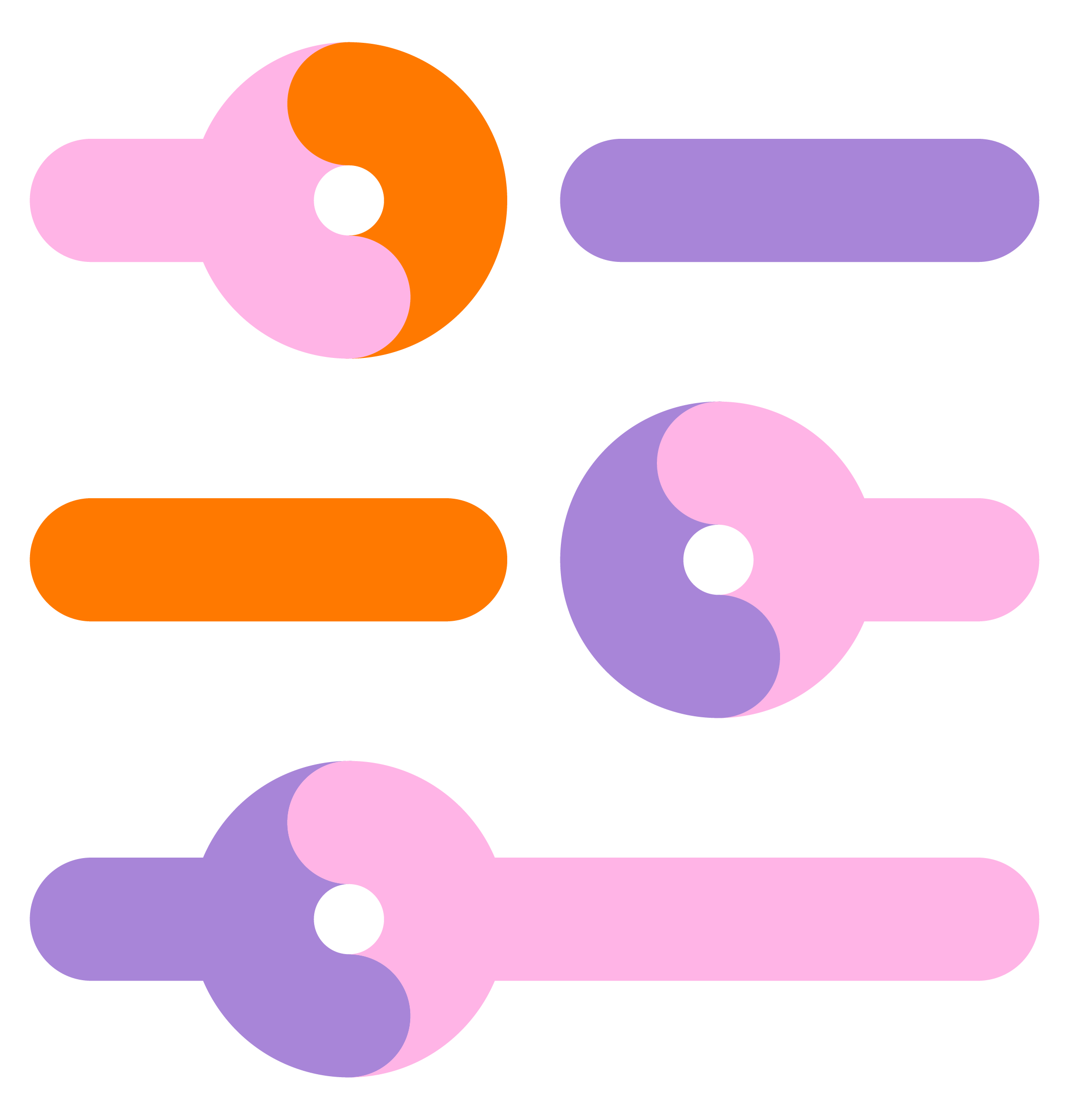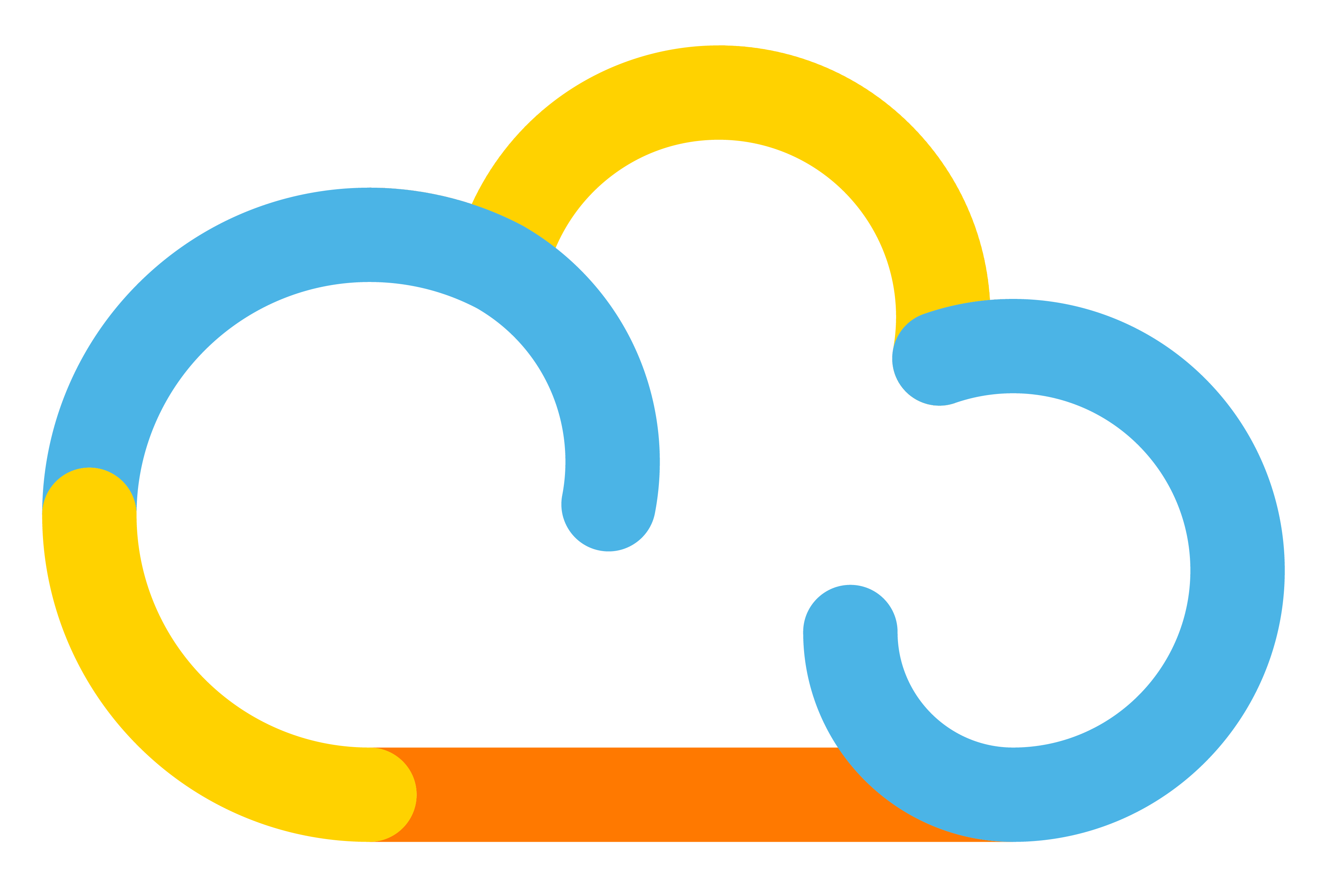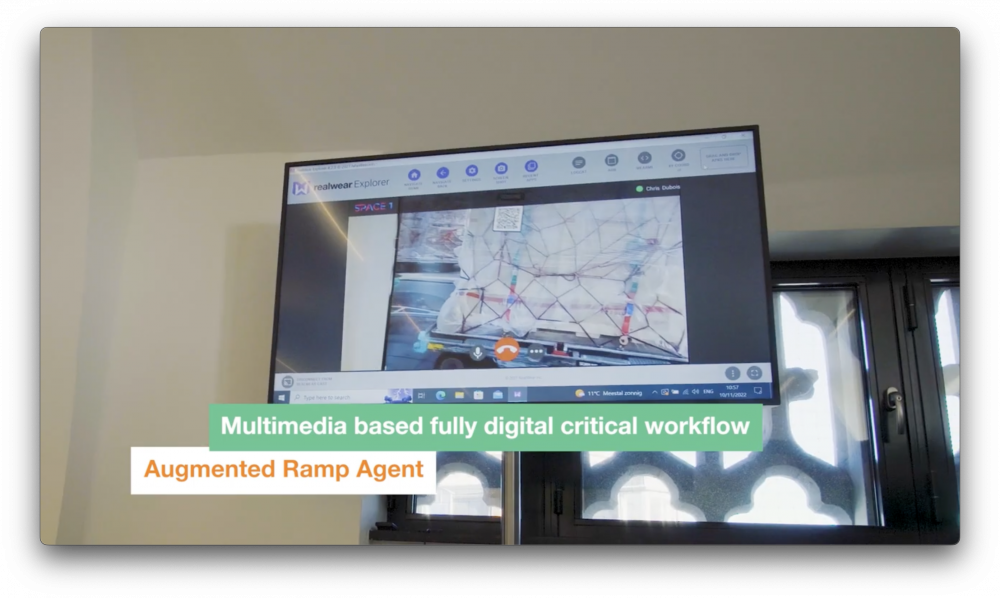Airport ramp agents are responsible for loading and unloading air cargo, often working under frenetic conditions and challenging weather. Furthermore, they are subject to strict safety regulations, making their daily job difficult. However, their efficiency should not be affected by these obstacles. In this regard, 5G technology could be a game-changer for ramp agents, as it has the potential to transform them into “augmented workers.”
Challenge Group experimented with 5G!

Line of business
Air cargo handling.

Use case
Equip a track agent with connected glasses to see at a glance all the helpful information to : prepare the management of incoming and outgoing pallets ; collect and distribute dolly positioning data (transport carts) for the transfer and storage of goods ; accelerate communication and information sharing between the ramp agent and the ramp manager in order to prepare the right pallet on the right dolly.

The startup’s need
Connectivity without connection constraints, reliable and secure for a simultaneous transmission of data (videos, photos, GPS data…) in real-time.

Benefits 5G
High throughput for real-time data processing ; Low latency for instantaneous video sharing ; Highly stable and reliable thanks to the correct update of information.
Orange 5G Lab co-innovates with and for customers
To strengthen its presence in the challenging airport industry, the Orange 5G Lab in Liège has chosen to collaborate on innovation with its customers. “In 2022, we held a two-day design thinking session with Challenge Group, a multinational expert in air cargo handling, and our team of 10 people,” explains Renaud Falise, 5G & IoT Manager at the Orange 5G Lab in Liège. The goal was to help Challenge Group identify new technological solutions to optimize their business. From the start of the discussions, it became clear that the 5G network could play a crucial role in the daily work of ramp agents. How? By streamlining and simplifying their coordination and monitoring tasks, such as locating transport carts, associating and dissociating pallets, and connecting directly to the back office. These tasks typically require remote collaboration that cannot be achieved without a reliable and efficient network connection.

An experiment in real conditions with the Orange 5G Lab
After helping the company develop a 5G version of its Nipper, the Orange 5G Lab team and the F3-Design team descended into the basement of the building occupied by the Orange 5G Lab itself. The latter is none other than the production center of a craft brewery “La brasserie de Liège”. A temple of beer rocked by the comings and goings of bottles and barrels, but also of brewers. Indeed, “nothing is automated there,” says the Product Manager Device Industry 4.0 of the Orange 5G Lab. The pallets of empty kegs and bottles arrive via a freight elevator. The lift is used for empty containers, but also for full containers at the same time. A constant cross-flow of pallets that represents, let’s face it, a real challenge in a relatively small space. For all that, it is in this environment, and in real-life conditions that the Orange 5G Lab in Liege decided to test the 5G connected Intelligent Pallet Mover. Its mission? To collect empty bottles from pallets. Then, take them about 30 meters further to the brewer, so that he can fill the beer. Once the containers have been filled, it is up to this Intelligent Pallet Mover to finish the job by taking them back on the pallet to the buffer zone, where they will wait to be transferred to the warehouse.
Identifying problems in the field to find high-value-added solutions
Renaud Falise, 5G & IoT Manager at the Orange 5G Lab in Liège, highlights the current inefficiencies in the work of track agents. According to him, a significant amount of time and effort is expended by these agents in searching for dollies to transport their assigned pallets. This not only impacts their productivity but also has an indirect carbon footprint. Furthermore, ramp agents have to drive around the entire airport in a van to find enough transport carts for their next arrival or departure, which is a wasteful practice in light of the current environmental, energy, and financial crises. Once loaded with goods, each dolly must be stored while awaiting its flight and identified quickly and accurately to ensure efficient transportation to the right plane at the right time.
We went to the runways and hangars to understand how the ramp agents and their supervisors work. Thanks to this field vision and joint reflection with our client, we managed to bring out various relevant use cases.

One of the use cases that caught the attention of the Orange 5G Lab was the development of a prototype and experimentation. They proposed equipping ramp agents and supervisors with connected glasses to facilitate the loading and unloading processes of aircraft. With real-time updated information on the arrival and departure of freight, they can anticipate the implementation on the ground and know the precise location of each pallet and dolly. The connected glasses would keep their hands free to act and simplify the agents’ daily work by offering a transparent and 100% real-time loading and unloading process that would eliminate paperwork.
Meeting the Challenge with an Innovative Solution
The Orange 5G Lab team in Liège is confident that 5G real-time connectivity and connected glasses can help ramp agents become more efficient, making them “augmented workers.” To test this use case, known as the “Augmented Ramp Agent,” the team has begun seeking out partners. The goal is to find the right device. “We determined that glasses were the appropriate device for ramp agents because they need to keep their hands free at all times. We then searched for the right supplier to develop a prototype of the glasses that would meet the needs of future users and their particular working environment. We selected two partners based on our past experiences with them and the results they achieved. Affinity, technical abilities, and adaptation are all essential in this type of project. For the software that generates the digital workflow, as seen by the user (i.e., the list of tasks they will need to perform), we collaborated with OverIT. As for the glasses themselves, we chose RealWear.”
A verified use case!
The Orange 5G Lab experimented with connected glasses with the assistance of their client, Challenge Group. As a result, the digital workflow automatically displays the necessary information to the wearer of the glasses (on the right side) to organize their work. They can then prepare the correct pallet on the correct dolly (transport cart) and easily separate it from the aircraft during loading. In the event of a load issue, they can simply request assistance from their supervisor via voice command through the glasses. The supervisor can then access the glasses’ integrated camera, assess the damage, and provide instructions for the agent. With all the data sent back in real-time (photos, GPS coordinates, etc.), the back office can track when and where a pallet and dolly were associated and dissociated.
The capabilities of 5G technology, including its stability, low latency, and reliability, have enabled airports to deploy these devices to enhance the efficiency and productivity of their staff. It’s a forward-thinking innovation that generates great interest!

Subscribe to our Orange 5G Lab newsletter
